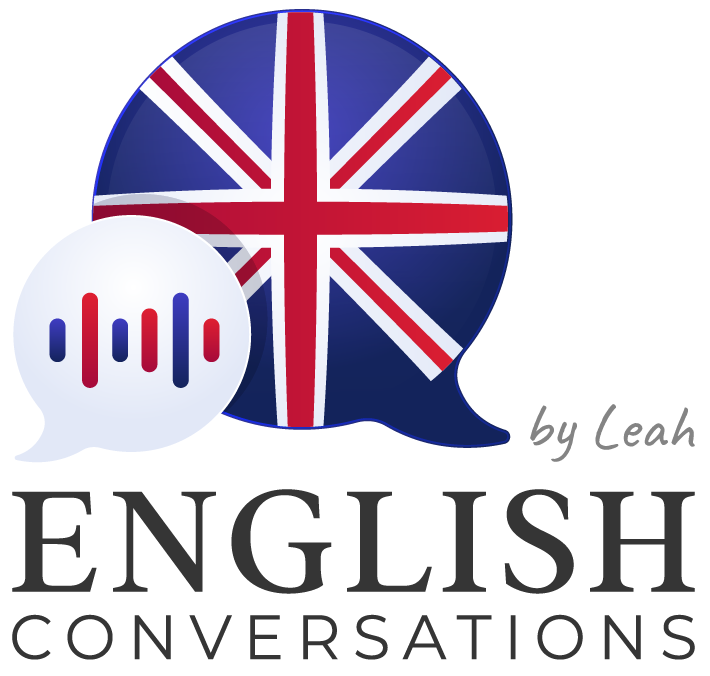Human interaction matters
Language learning is an essential skill in our interconnected world, offering countless opportunities for personal and professional growth. With the advent of technology, various methods have emerged to facilitate language acquisition, including AI chatbots. However, one of the most effective ways to learn a language is through interaction with a native-speaking coach. This article delves into the advantages of engaging with a human tutor over relying on AI, exploring key benefits such as real-time feedback, cultural nuances, and the development of communication skills.
The Value of Human Interaction in Language Learning
When it comes to learning a new language, the value of human interaction cannot be overstated. Engaging with a native-speaking coach provides a dynamic and responsive learning environment that AI simply cannot replicate. Native speakers not only share their linguistic knowledge but also enrich the learning experience with cultural insights and real-world applications of the language.
Real-Time Feedback
One of the most significant advantages of working with a human coach is the ability to receive immediate, personalized feedback. During a conversation, a native speaker can correct mistakes on the spot, ensuring that learners understand their errors and grasp the correct usage of grammar, vocabulary, and pronunciation. This instantaneous feedback fosters a deeper understanding of the language and allows learners to make adjustments in real time, which is crucial for effective learning.
In contrast, AI chatbots often provide delayed or generic feedback that may not adequately address individual learning needs. While they can be programmed to offer corrections, the lack of real-time interaction means learners miss out on the nuanced guidance that a human coach can provide. This immediate feedback loop is vital for building confidence and proficiency in any language.
Understanding Cultural Nuances
A language is intricately tied to its culture, and learning from a native speaker provides invaluable insights into these cultural nuances. Coaches can share idiomatic expressions, cultural references, and social customs that are often overlooked in textbook learning or through AI interactions. Understanding these elements not only enhances language proficiency but also equips learners with the skills to navigate social situations effectively.
Conversely, AI lacks the cultural awareness that human tutors possess. While chatbots may have access to vast amounts of information, they cannot convey the subtleties and contextual meanings that come from lived experiences. This cultural context is essential for achieving fluency and for understanding the language in a broader societal context.
Improving Pronunciation and Accent
Another major advantage of learning with a native-speaking coach is the opportunity to improve pronunciation and accent. Human tutors can model correct pronunciation and provide feedback on learners’ speaking patterns, helping them to develop a more authentic accent. This is particularly important in languages where subtle differences in sound can change meanings and affect comprehension.
AI chatbots, while increasingly sophisticated, often struggle with nuances in pronunciation and intonation. They may not always provide accurate representations of native speech patterns, leading to potential misunderstandings. A native speaker can demonstrate the subtleties of pronunciation and help learners practice until they feel comfortable and confident in their speaking abilities.
The Limitations of AI in Language Learning
While AI chatbots have revolutionized many fields, their limitations in language learning are significant. Although they can assist with vocabulary and basic grammar, they fall short in areas that require human intuition, empathy, and adaptability. Recognizing these limitations is crucial for learners seeking an effective language acquisition method.
Lack of Personalised Guidance
AI chatbots operate on algorithms and pre-set programming, which means they often fail to account for individual learning styles and preferences. This lack of personalization can hinder a learner’s progress, as they may not receive the specific guidance they need to overcome challenges. In contrast, a native-speaking coach can tailor lessons to meet the unique needs of each student, ensuring that the learning process is engaging and effective.
Furthermore, human tutors can adjust their teaching strategies based on a learner’s progress and difficulties. They can identify patterns in mistakes and adapt their approach to reinforce understanding, something that AI, with its rigid programming, is unable to do. This level of personalized attention is essential for fostering a productive learning environment.
Absence of Emotional Intelligence
Emotional intelligence plays a pivotal role in effective communication, and this is an area where AI significantly falls short. Language learning is not just about grammar and vocabulary; it’s also about understanding feelings, motivations, and social cues. A native-speaking coach can intuitively grasp a learner’s emotional state and provide encouragement when needed, fostering a supportive learning atmosphere.
In contrast, AI chatbots lack the ability to empathize or understand emotional context. As a result, interactions may feel mechanical and impersonal. Learners may struggle to stay motivated or engaged without the human touch that a coach provides. This emotional connection can be crucial for maintaining interest and enthusiasm in the learning process.
Inability to Read Non-Verbal Cues
Non-verbal communication is a significant aspect of human interaction, encompassing body language, gestures, and facial expressions. A native-speaking coach can read and interpret these cues, providing valuable feedback that enhances the learning experience. Through observation, a coach can help learners understand how to convey meaning and emotion beyond words, a critical skill in language acquisition.
AI, however, is limited in its ability to interpret non-verbal cues. While it can recognize text and respond accordingly, it cannot provide the nuanced feedback that comes from observing learners in real-time. This limitation can hinder learners’ abilities to engage fully in conversations, making it difficult to communicate effectively in real-world situations.
Developing Communication Skills Beyond Vocabulary
Effective communication in a new language extends far beyond merely acquiring vocabulary. Language learners must develop the ability to engage in natural conversations, understand social contexts, and practice active listening. These skills are essential for fluency and meaningful interaction, and they are best cultivated with the help of a native-speaking coach.
Engaging in Natural Conversations
One of the most beneficial aspects of learning with a native-speaking coach is the opportunity to engage in authentic conversations. These interactions expose learners to the rhythm and flow of the language, allowing them to practice speaking in a realistic setting. This conversational practice helps to build confidence and fluency, enabling learners to communicate more naturally over time.
AI chatbots can simulate conversations but often fall short of providing the complexity and spontaneity of human discourse. Many learners find that interactions with AI lead to rehearsed responses rather than the organic dialogue they would experience with a native speaker. This lack of authentic practice can hinder the development of essential communication skills.
Recognising Social Contexts
Language does not exist in a vacuum; it is inherently tied to social contexts and cultural norms. A native-speaking coach can guide learners in understanding when and how to use specific phrases or expressions based on the social setting. This contextual knowledge is crucial for effective communication, as it allows learners to navigate various situations appropriately.
AI lacks the ability to impart this social understanding. While it can provide vocabulary and grammar rules, it cannot account for the subtleties of social interactions that vary from one culture to another. Therefore, learners who rely solely on AI may struggle to apply their language skills in real-life situations, ultimately limiting their effectiveness.
Practising Active Listening
Active listening, a crucial component of effective communication, involves fully engaging with a speaker and understanding their message. A native-speaking coach can model and teach active listening skills, helping learners improve their comprehension and response abilities. This practice not only enhances language skills but also fosters deeper connections and understanding during conversations.
While AI can provide listening exercises, it cannot engage in the back-and-forth dialogue that is essential for developing this skill. Without the opportunity to practice active listening in dynamic conversations, learners may struggle to comprehend spoken language in real-world contexts, affecting their overall fluency and communication effectiveness.
Conclusion
In summary, while AI chatbots offer a convenient and accessible means of language learning, they cannot replace the invaluable benefits provided by a native-speaking coach. The ability to receive real-time feedback, understand cultural nuances, and develop communication skills are all critical components of successful language acquisition that cannot be fully realized through AI. By choosing to work with a native speaker, learners can enhance their language skills in a supportive, personalized, and effective environment.
FAQs
Why is real-time feedback important in language learning?
Real-time feedback allows learners to correct mistakes immediately, reinforcing proper usage and preventing the entrenchment of errors. It creates an interactive environment where learners can actively engage and improve their skills on the spot.
Can AI chatbots effectively teach cultural nuances?
While AI can provide information about cultural aspects, it lacks the experiential knowledge and context that a native speaker possesses. Human coaches can share rich cultural insights that enhance language comprehension and fluency.
How does a native-speaking coach help improve pronunciation?
A native-speaking coach can model correct pronunciation and provide personalized feedback on a learner’s speaking patterns, ensuring they develop an authentic accent and sound more natural when speaking the language.
What role does emotional intelligence play in language learning?
Emotional intelligence is essential for understanding social cues and fostering a supportive learning environment. A native coach can provide empathy and encouragement, helping learners stay motivated and engaged.
How do non-verbal cues influence language learning?
Non-verbal cues, such as body language and gestures, are crucial for effective communication. A native coach can teach learners how to recognize and use these cues, enhancing their overall communication skills in context.

